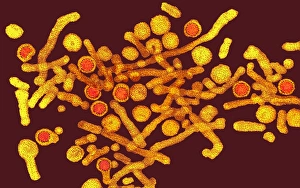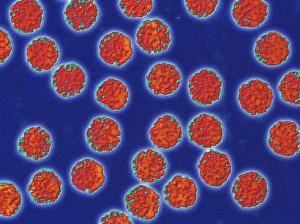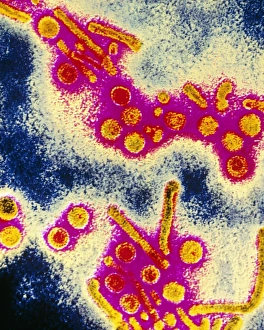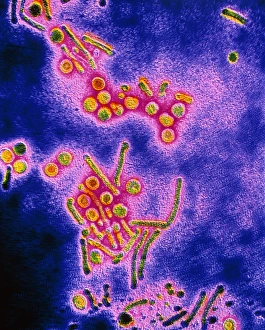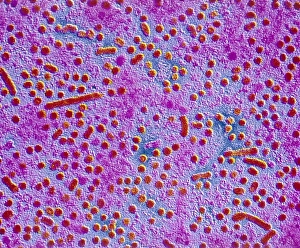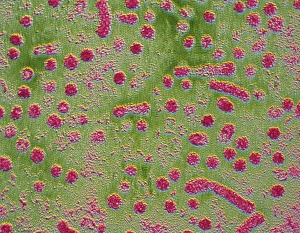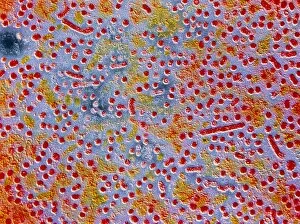Hepatitis B Virus Collection
The hepatitis B virus, depicted in these captivating molecular models and colored TEM images, is a formidable force that demands our attention
All Professionally Made to Order for Quick Shipping
The hepatitis B virus, depicted in these captivating molecular models and colored TEM images, is a formidable force that demands our attention. Its distinctive capsid structure, as seen in the various molecular models F006 / 9637, F006 / 9594, and C018 / 0455, showcases its complexity and intricacy. This tiny but potent virus has the power to cause serious liver infections and potentially lead to chronic conditions such as cirrhosis or liver cancer. Understanding its structure is crucial for developing effective treatments and preventive measures. In the colored TEM images particles and their antigens, we witness the beauty hidden within this microscopic world. The vibrant hues highlight both the elegance of nature's design and the urgency to combat this infectious agent. As scientists continue to unravel the mysteries surrounding hepatitis B virus, it becomes increasingly evident that knowledge is our greatest weapon against it. Through research efforts aimed at deciphering its mechanisms of infection and replication, we inch closer towards finding a cure for this global health threat. Let us not underestimate the impact of this minuscule yet mighty adversary. By raising awareness about hepatitis B virus transmission routes (such as through blood or sexual contact) and promoting vaccination campaigns worldwide, we can strive towards a future where no one falls victim to its devastating consequences. Together with advancements in medical science fueled by collaboration between researchers across borders, we can envision a world free from the burden imposed by hepatitis B virus – where individuals are shielded from its harmful effects through widespread immunization programs. So let us marvel at these striking visual representations of an invisible enemy while renewing our commitment to eradicating hepatitis B from our lives once and for all.




